
views
- If your phone screen is sticky, use a lint-free cloth with a small amount of water or isopropyl alcohol solution to clean it.
- For everyday cleaning, use a microfiber cloth to wipe in one direction. Avoid wiping it circles or too hard.
- Don't use scratchy materials or cloths that leave dusty residue, like paper towels or tissues.
Heavy-Duty Cleaning & Disinfecting
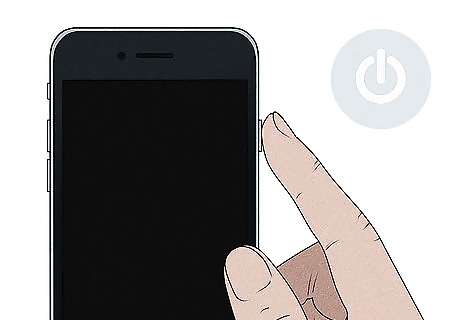
Turn off your phone. This reduces the chance of damaging your device and may make it easier to see grease and grime on your phone screen. Be sure it's unplugged from any external power sources, cables, and devices.

Get 70% isopropyl alcohol wipes or disinfecting wipes. It's crucial to use the correct alcohol percentage; using a higher percentage can damage the coating on your phone. If you purchase phone wipes, they can be 75% ethyl alcohol. If you don't have wipes, you can mix equal parts 70% isopropyl alcohol and distilled water to create a solution. Dip a lint-free cloth in the mixture so it's slightly damp. These guidelines are used by Apple, Samsung, and Google. Be sure to consult your device's user guide if you're unsure.
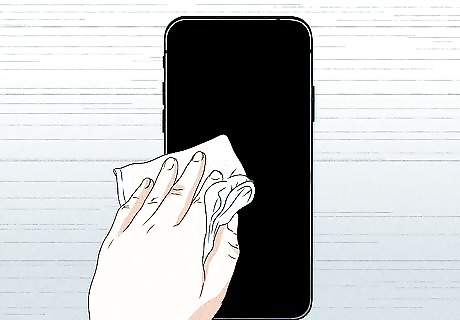
Wipe your phone screen. Make sure to avoid any openings, such as the charging port and speakers. If you're using a disinfecting wipe or phone wipe, you may need to squeeze the excess liquid from the wipe beforehand. If you have a case on, remove it to wipe the other surfaces of your phone. You can also wipe down the phone case.
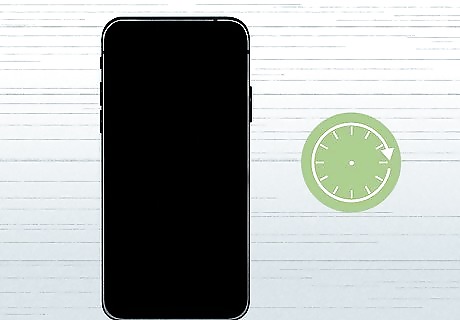
Wait for the phone to dry. This should be quick if you used the correct alcohol percentage. Once it's dry, you can put the phone case back on. Make sure you disinfect your phone often; this can help prevent getting sick.
Light Cleaning
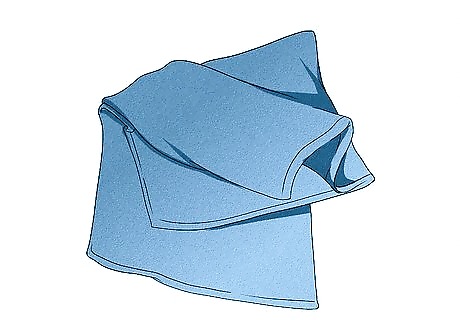
Get a microfiber cloth. This extra-soft, lint-free cloth cleans glass and plastic without scratching the surface. You can buy one at stores that sell computers, phones, or cameras. If you wear eyeglasses, you might have received a free microfiber cloth when you bought your last pair. Do not use paper towels, tissues, or rough cloths. These can scratch away the oleophobic (greaseproof) coating on your screen, or even scratch the glass itself on some models. If you often find fingerprints and smudges on your phone screen, make sure to wash your hands thoroughly and frequently.
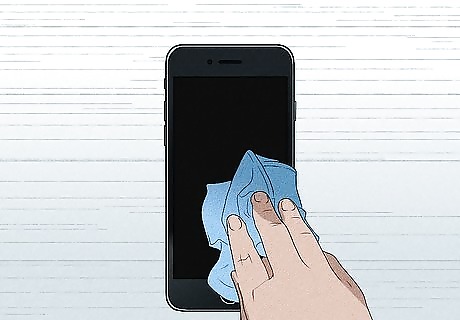
Wipe gently across the screen in one direction. This sweeps dust off your screen instead of grinding it in. Use a light touch, since pressing too hard can damage your screen. Avoid excess wiping—this may cause damage to your screen.
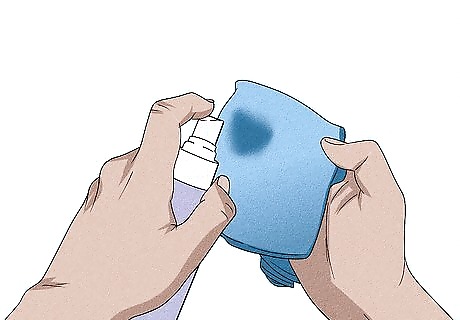
Use a slightly damp cloth for stubborn spots. Dampen the corner of your microfiber cloth with a bit of water or a mixture of water and isopropyl alcohol. Distilled water is ideal, especially if you clean your screen often. Tap water contains minerals that can leave a white residue on your screen. Never spray liquid or other cleaning products onto the phone itself. Spray the cloth, if needed.
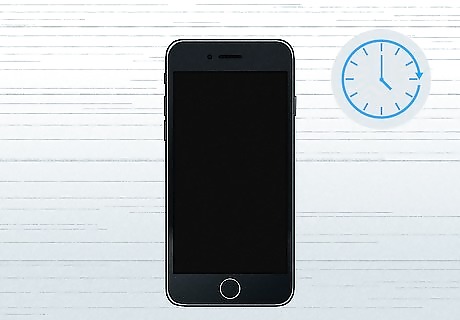
Let the screen dry. You can gently wipe the screen with the dry part of the microfiber cloth, but don't try to pick up all the excess water if it means pressing too hard. It should air-dry fairly quickly.
Keeping Your Screen Protected
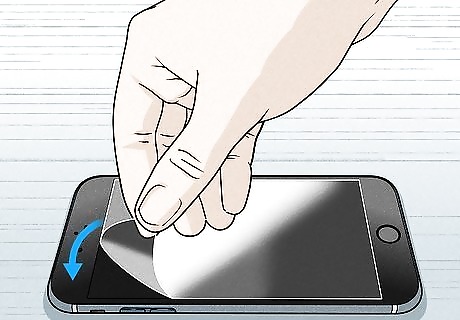
Attach a screen protector. Once your screen is clean, consider attaching a screen protector to your phone. If you can't do this immediately after cleaning, pick up dust from your screen first with a clean sticky note, weak tape, or other mild adhesive. If you can't use your touchscreen while wearing gloves, some screen protectors will block the touch technology as well. Ask a store employee for a screen protector that works with your phone model (or with capacitive screens).
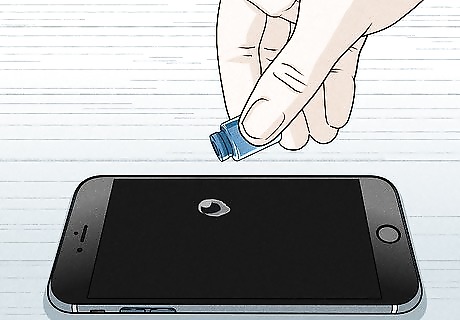
Restore a smudged screen with an oleophobic coating kit. If a small drop of water forms a ball on your screen, the protective coating remains intact. If it smears across your screen, the coating is damaged (or you never had one to begin with). You can buy an oleophobic coating kit to re-apply this coating to your phone screen, following the kit instructions. This won't last as long as the factory-applied version, but one kit might be enough for several applications. Typically, you need to apply this product with a tissue. Spread it across the screen quickly, since it evaporates within a few seconds. Once the whole screen is coated, you may need to let it dry for several hours, then buff out excess streaky material using a microfiber cloth.
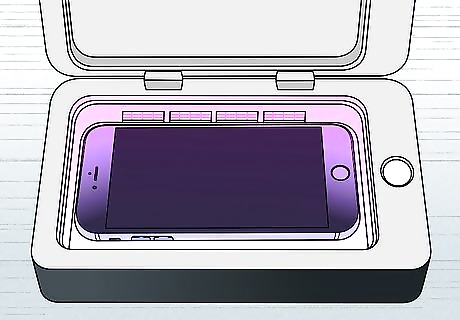
Look into UV-C sanitizers. Short for "Ultraviolet type C," these devices kill bacteria on your phone surface by bathing them in ultraviolet light. This will not remove grime from your screen, but it may be the only way to sanitize it without the risk of damaging your phone.













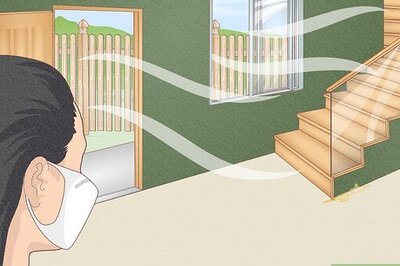



Comments
0 comment